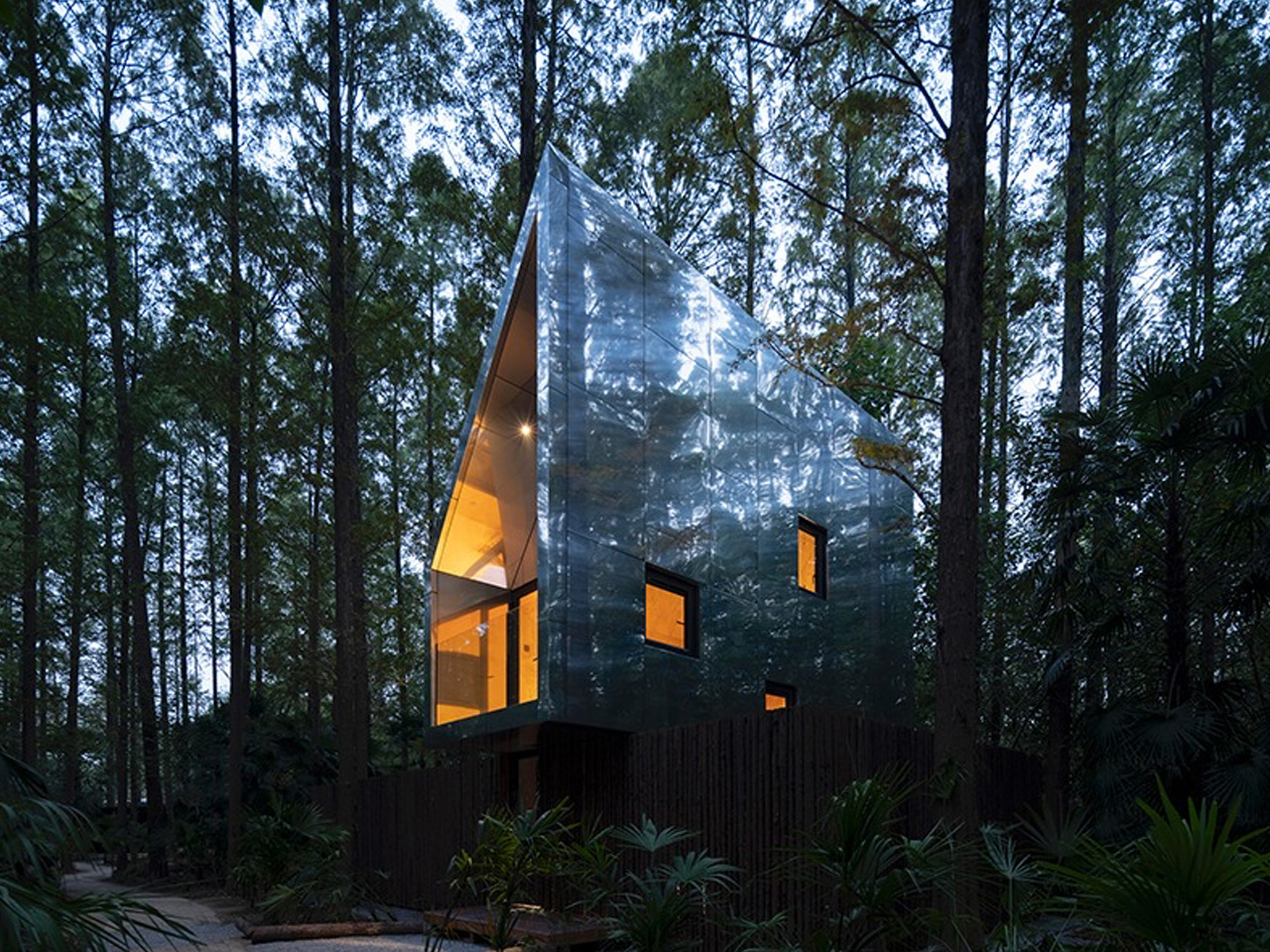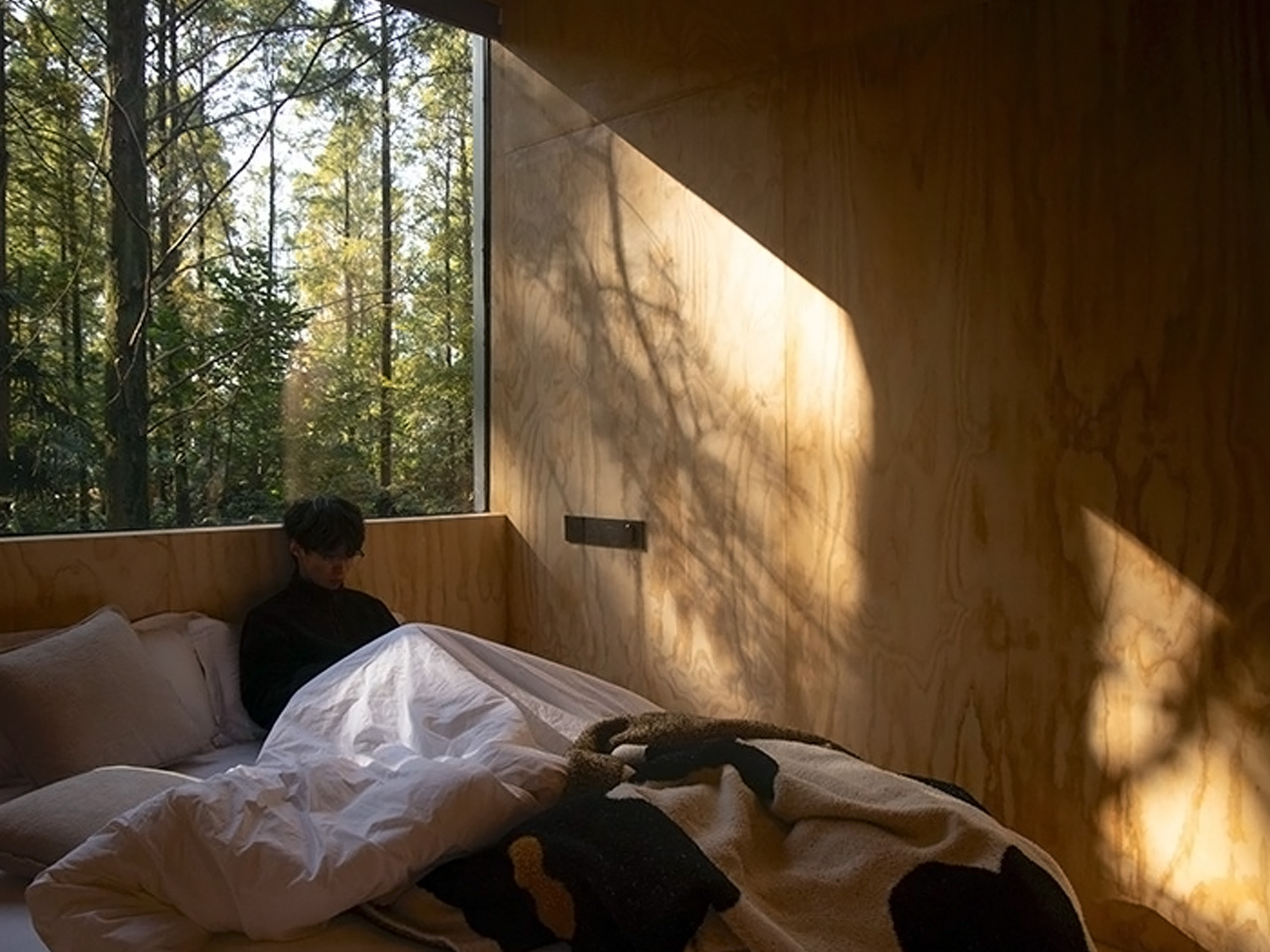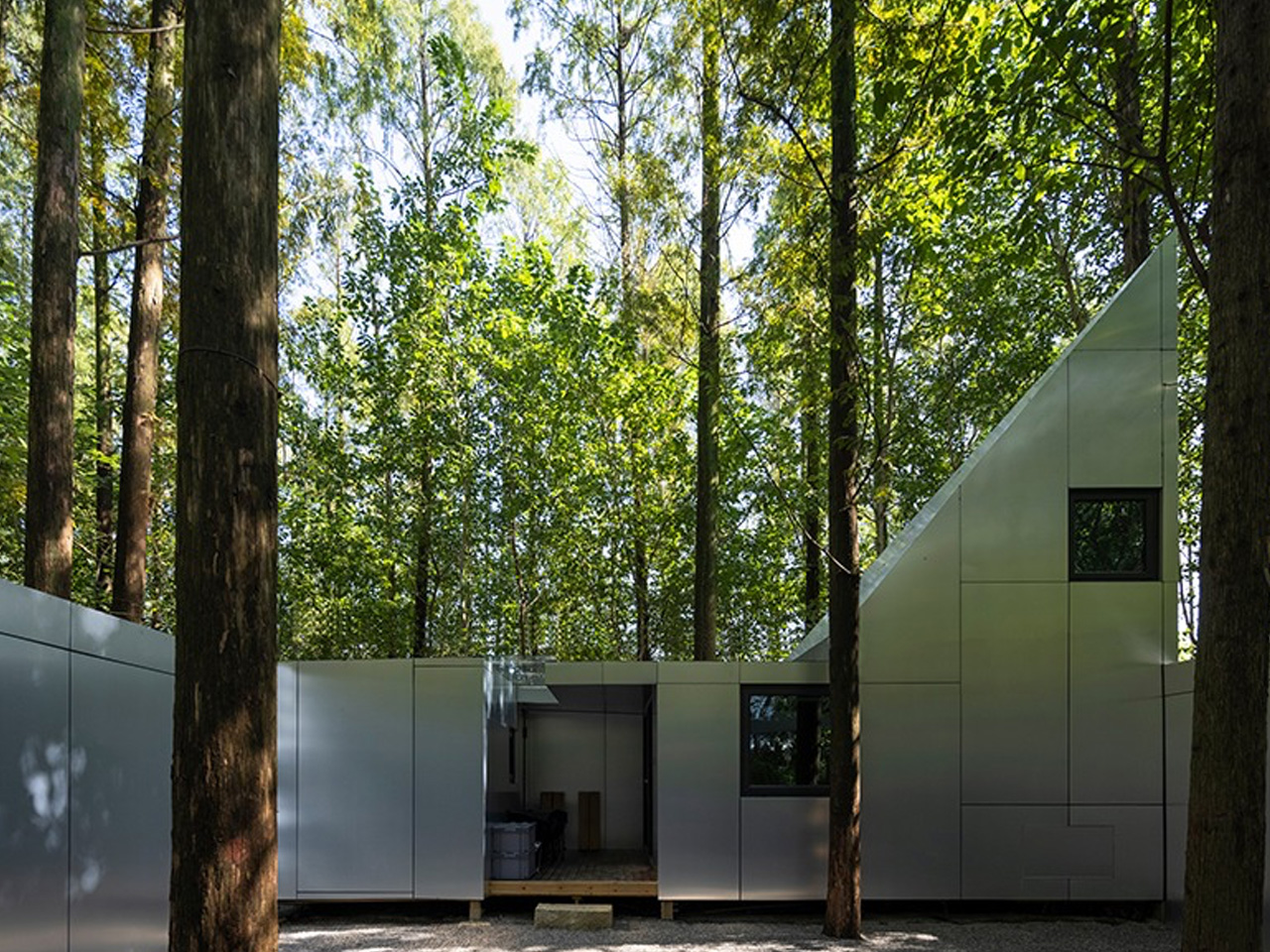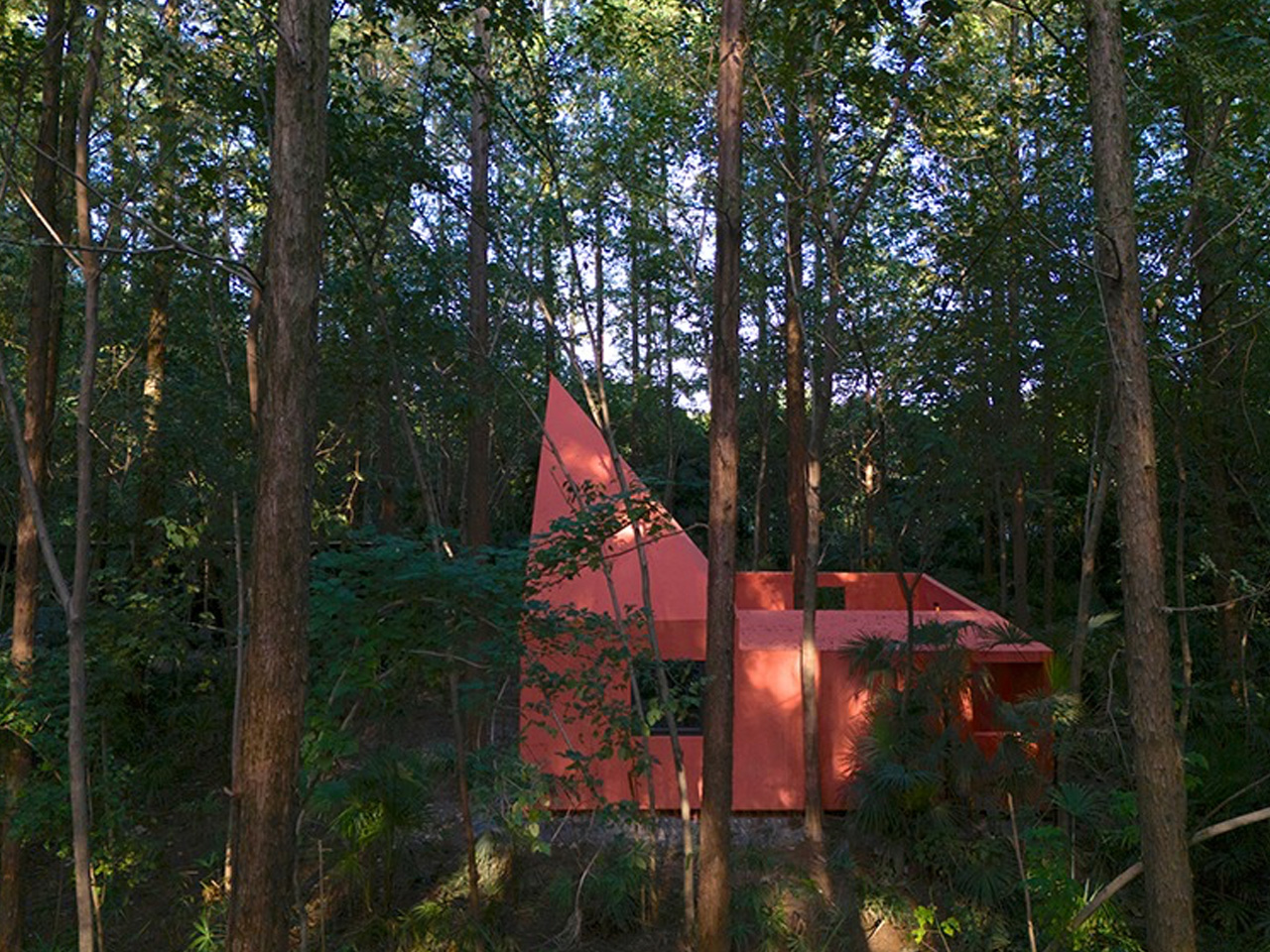
Deep in Wuhan’s Dongxihu District, there’s a metasequoia forest where migratory birds gather, and something extraordinary has taken root among the ancient trees. Secret Camp isn’t your typical forest retreat. This collaboration between United Investment Merryda Hotel Management Group and Wiki World has created something that feels part accommodation, part art installation, and entirely magical. More than a dozen treehouses rise through the canopy on Cihui Street, each one carefully positioned so that not a single existing tree was harmed in the process.
The whole project sprang from Wiki World’s Wiki Building School initiative, which sounds academic but is really about pushing the boundaries of how we live alongside nature. Each treehouse has its own personality and tells a different story. Time Machine gleams with futuristic silver that catches sunlight through the leaves. Nomadic Land feels like a cozy capsule for temporary wanderers. Playground brings out your inner child with circulation paths that weave playfully around branches. Then there’s Daydream, which uses mirrored cladding to virtually disappear into the forest, and Red Windmill, standing bold and bright as a beacon in the green canopy. Unicorn takes the vertical route with its loft design and silver panels that hint at mythical stories.
Designer: United Investment Merryda Hotel Management Group & Wiki World


What makes this place special isn’t just the whimsical names or striking designs. The creators drew inspiration directly from the forest itself – local birds, scattered seeds, the organic forms that nature creates without any human input. Every structure sits on elevated timber platforms, leaving the forest floor completely untouched. No paved paths, no manicured landscaping, just the raw beauty of the woodland ecosystem doing what it does best. This approach embodies Wiki World’s “Build Small, Dream Big” philosophy, proving that you can live comfortably without dominating your environment.
But Secret Camp goes beyond just providing a place to sleep among the trees. It transforms the entire forest into an open-air gallery where art happens naturally. Throughout the year, temporary installations pop up, workshops gather creative minds, and exhibitions celebrate the relationship between humans and wildlife. The Forest Reception becomes a buzzing hub where visitors make birdhouses, study natural materials, and participate in projects that blur the lines between accommodation and education. There’s even a Sino-French Construction Festival that brings together people passionate about sustainable building and small-scale living.


The technical side reveals just how seriously they take environmental responsibility. Every structure uses glued laminated timber that’s digitally modeled for precision, then prefabricated off-site to minimize forest disruption during construction. The modular design centers around a clever 2-meter-wide concept that allows for variation while keeping efficiency high. Hand-fired carbonized wood panels give each cabin its natural finish and weather resistance, while small metal joints make everything completely reversible – these treehouses could be disassembled and moved without leaving a trace.
This elevated approach means zero ground contact and zero artificial landscaping, letting the forest maintain its natural rhythms while humans get to experience life in the canopy. Secret Camp proves that sustainable tourism doesn’t have to mean roughing it or compromising on creativity. Instead, it shows how thoughtful design can actually enhance natural settings, creating spaces that engage all your senses while treading incredibly lightly on the earth. It’s accommodation that makes you more aware of the environment, not less.




The post These Elevated Timber Treehouses Transform A Chinese Forest Into A Living Art Gallery first appeared on Yanko Design.
